
At around 9,500 years old, the Greenland sled dog is currently the oldest dog breed in the world to be found in North America. This breed is directly descended from ancient sled dogs discovered at the Siberian Zhokhov archaeological site, and it has maintained its genetic and functional characteristics over millennia.
These dogs have close ancestors with contemporary Arctic dogs like the Siberian husky, Alaskan malamute, and Greenland sled dog, according to genetic research. The Greenland sled dog is the closest genetic descendant of this 9,500-year-old lineage. In particular, the Inuit’s dependence on these dogs for hunting, transportation, and survival offers a concrete connection to early human migration and adaptation in the Arctic.
Archaeological Evidence and Ancient Origins
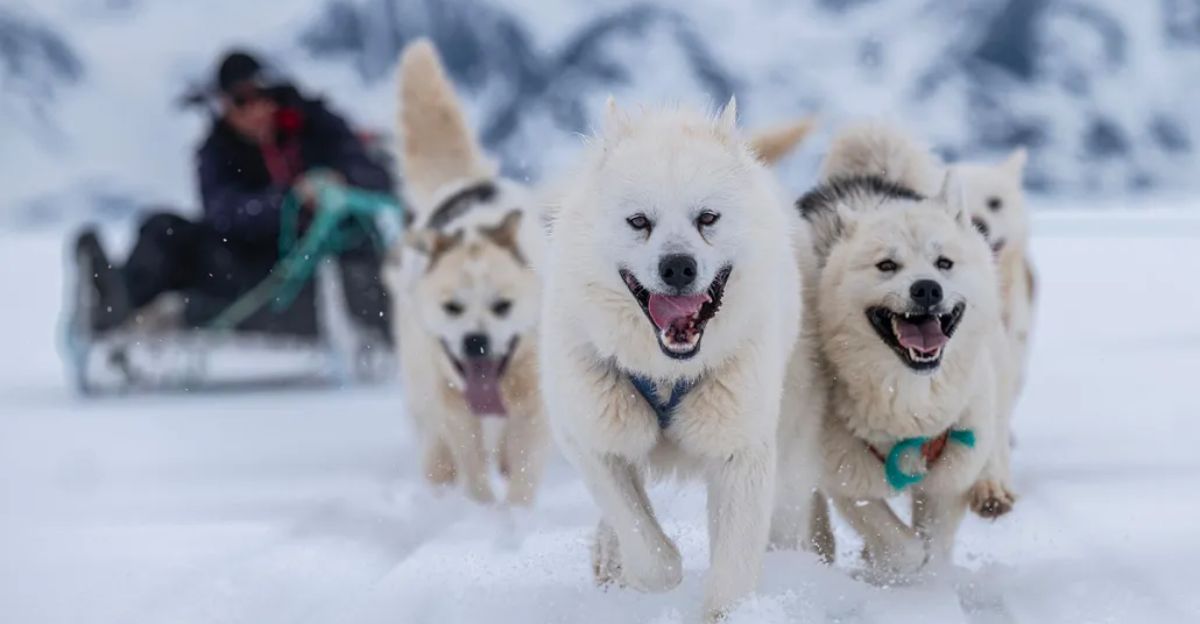
A set timeline for the emergence of domesticated sled dogs has been established by archeological discoveries at the Zhokhov Island site in Siberia, which have produced dog genomes and sled remains dated to approximately 9,500 years ago. The Greenland sled dog lineage is positioned as a pioneering breed in the human-canine partnership because this era predates many known domestication events.
The dogs’ use in the hostile Arctic environment points to the advanced survival skills of early humans, which included cooperative hunting and animal domestication. These ancient dogs’ genome sequencing revealed that they are contemporaneous ancestors rather than precursors to contemporary Arctic sled dogs, putting them on a separate evolutionary branch of dogs that has endured without appreciable genetic dilution.
Genetic Isolation and Continuity
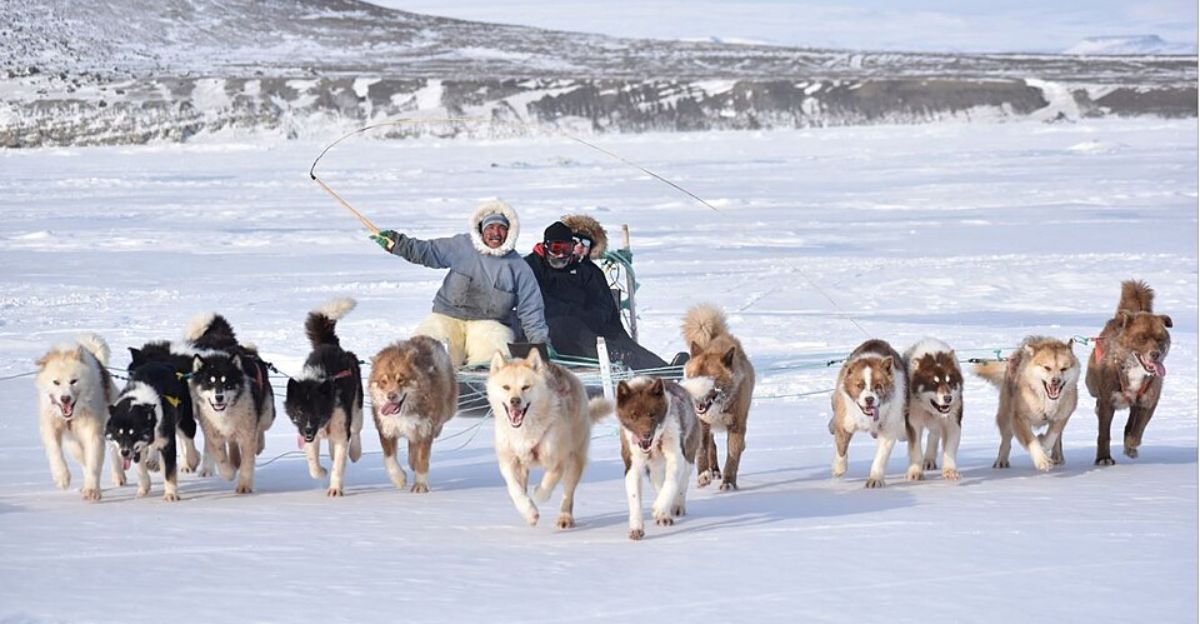
Geographic isolation and cultural preservation have resulted in a remarkable example of evolutionary stasis: the genetic continuity of the Greenland sled dog over 9,500 years. Greenland sled dogs have preserved a purer lineage than other Arctic breeds like Siberian huskies and Alaskan malamutes, which have experienced more frequent interbreeding.
Due to remote living conditions and regulated breeding by native Inuit populations, this genetic isolation is consistent with little European genetic input despite colonization pressures. The breed’s significance as a living repository of ancient canine DNA and a model for researching long-term genetic preservation under human guidance is highlighted by the rarity of such stability among domesticated animals.
Inuit Traditions and the Sled Dog Collaboration
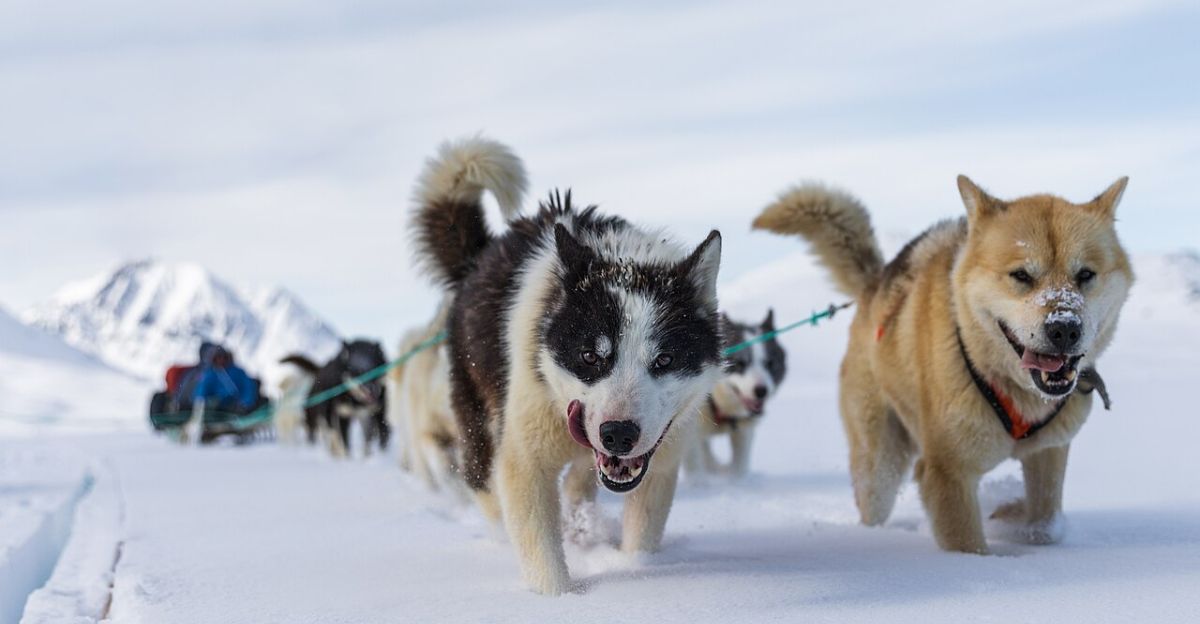
Inuit culture is inextricably linked to the Greenland sled dog, which has been an essential working companion for at least 1,000 years. These dogs made it possible to survive in some of the harshest climates on Earth, helped hunt marine mammals, and pulled sleds for transportation.
Inuit dietary and lifestyle patterns are reflected in the dogs’ strength, endurance, and capacity to digest high-fat diets high in marine blubber. The mutualism that has developed over millennia between humans and dogs is exemplified by their co-evolution, which shows how domesticated animals can aid in human expansion and environmental adaptation.
Biological Adjustments to Life in the Arctic

Beyond behavior, the Greenland sled dog’s genetic adaptations include physiological characteristics essential for Arctic survival. The breed has evolved to effectively control body temperature, run and pull sleds over long distances in low oxygen levels, and digest high-fat diets made from seal and whale blubber.
Analytical comparisons reveal similarities with polar bears, which have developed comparable metabolic features for consuming blubber. These biological characteristics highlight how domestication is deeply physiological and not just behavioral, adapted to human and environmental demands.
Preservation Despite Contemporary Difficulties

Notwithstanding its long history, the Greenland sled dog is currently threatened by genetic bottlenecks, cultural changes, and climate change. The breed’s vulnerability to demographic changes is demonstrated by a population bottleneck that occurred about 900 years ago and was connected to Inuit migration to Greenland.
The genetic purity and survival of the breed are at risk due to contemporary pressures like habitat changes, increased interactions with non-Arctic dogs, and a decreased dependence on sled dogs. To protect this rare living archaeological asset, current research focuses on conservation and management strategies that respect ecological dynamics and cultural heritage.
Analysis in Comparison to Other Ancient Breeds
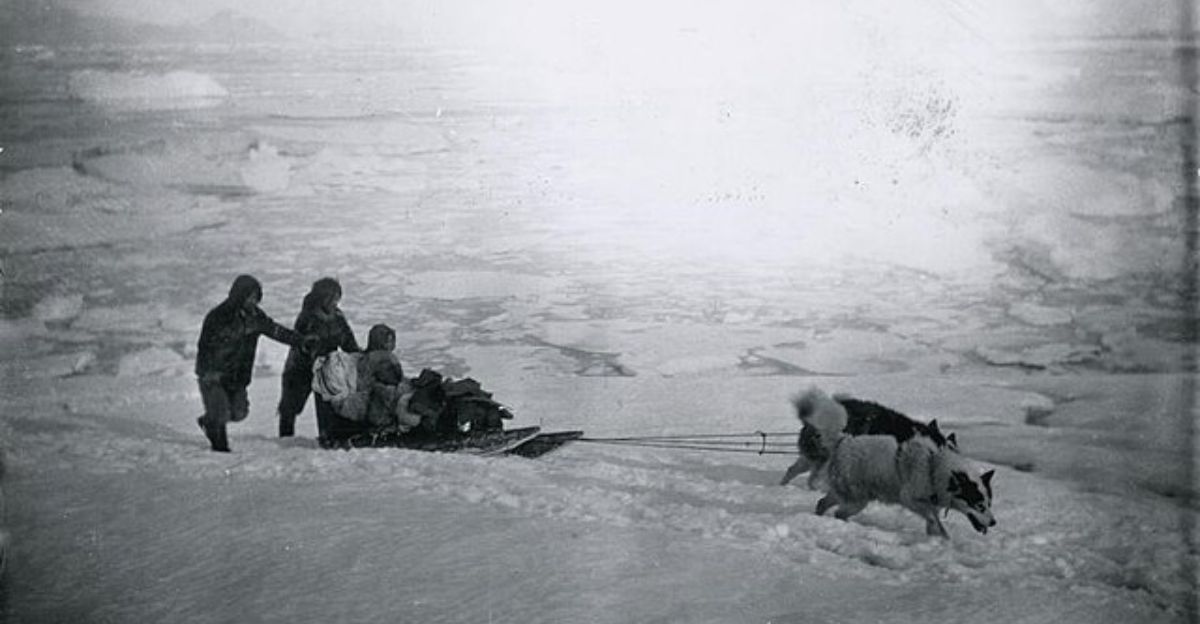
The Greenland sled dog is unique because of its exceptional genetic continuity and distinct functional lineage as a working sled dog, even though other breeds like the Saluki or Basenji are frequently listed as some of the oldest. The original genetic makeup of many ancient breeds has been diluted over centuries of extensive crossbreeding.
The ability of the Greenland sled dog to survive in a largely intact state presents a unique chance to research one of the most genuine types of early domesticated dogs, which differs from other ancient but modified breeds in both ancestry and lifestyle.
Putting Traditional Knowledge on the Timing of Domestication to the Test
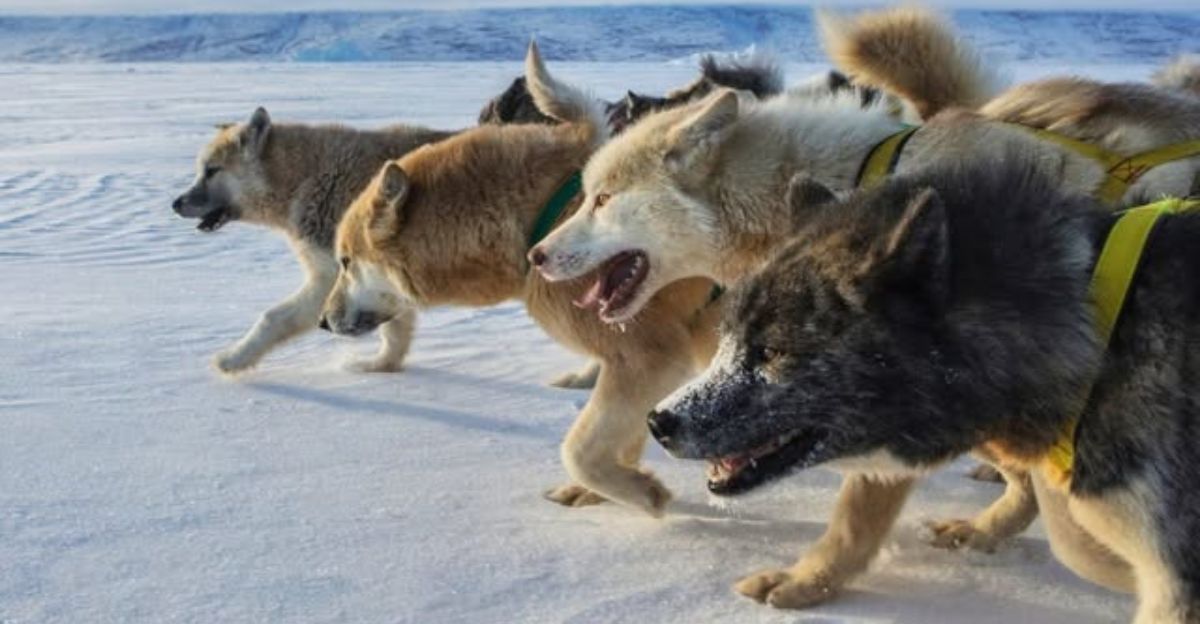
This 9,500-year-old lineage’s discovery casts doubt on earlier theories that dog domestication and breed diversification occurred mainly in Eurasia much later. It delays the domestication timeline associated with human migration into the Arctic and North America.
This suggests a more intricate, multi-regional model of dog domestication, illustrating early human-animal partnerships that shaped survival tactics simultaneously across continents. These discoveries highlight parallel evolution influenced by environmental and cultural factors, upending the linear story of domestication.
Social and Psychological Consequences

The long-lasting relationship between humans and Greenland sled dogs demonstrates the psychological value of dogs beyond simple companionship; they have contributed to survival, social cohesiveness, and a sense of purpose.
Their significance in Inuit culture serves as an example of how ties between humans and animals are ingrained in resilience, tradition, and identity. In communities dealing with existential issues brought on by climate change and globalization, preserving these traditional ties serves as a cultural anchor in the face of modernization pressures, emphasizing the potential of such alliances to promote social stability and mental health.
The Greenland Sled Dog as a Time Capsule of Genetic Information
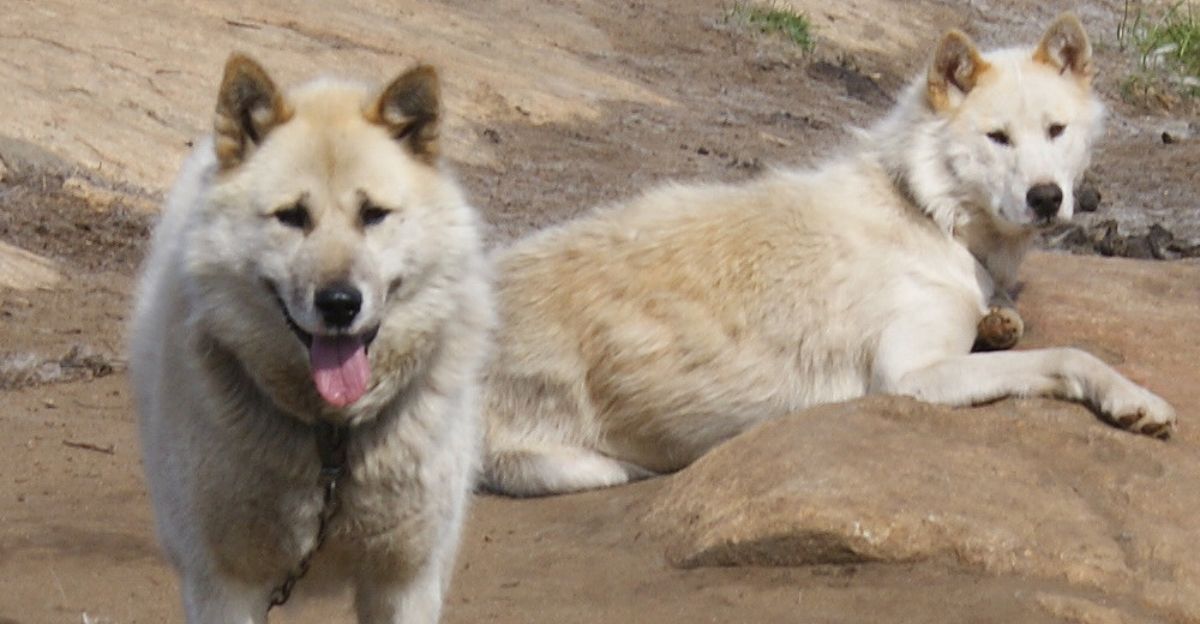
This breed provides researchers with a rare window into the evolution and domestication processes of dogs by functioning as a living genetic time capsule. Researchers can learn more about the selection pressures early dogs faced, the degree of genetic stability achievable in domesticated species, and adaptations brought about by harsh environments by examining this lineage.
The Greenland sled dog offers a genetic benchmark that can be used to assess evolutionary shifts in contemporary dog populations, contributing to a more comprehensive comprehension of biodiversity and species conservation.
Possible Consequences for Research on Canine Aging
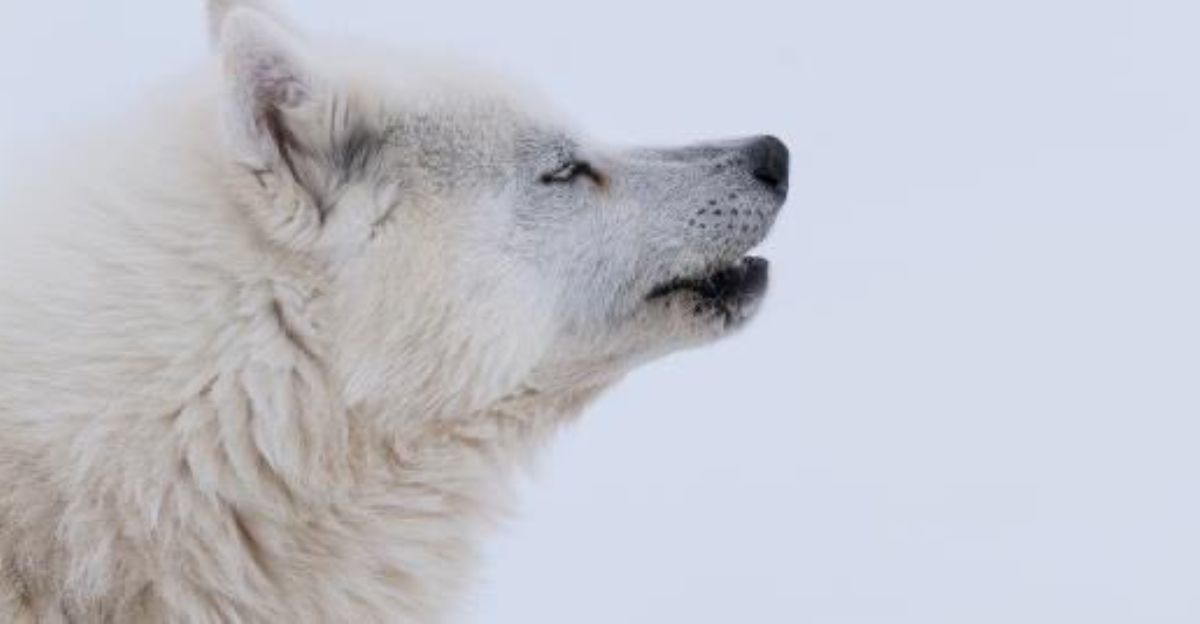
The Greenland sled dog is a fascinating topic for research on canine aging and longevity because of its longevity and genetic purity. Its ability to adapt to harsh conditions and breed steadily may provide information about the ways in which particular genes affect resilience, lifespan, and aging processes.
Because dogs and humans have a close evolutionary relationship, this data may help veterinary science and inform aging research applicable to other mammals, including humans.
Effects on Conservation Policies for Dog Breeds
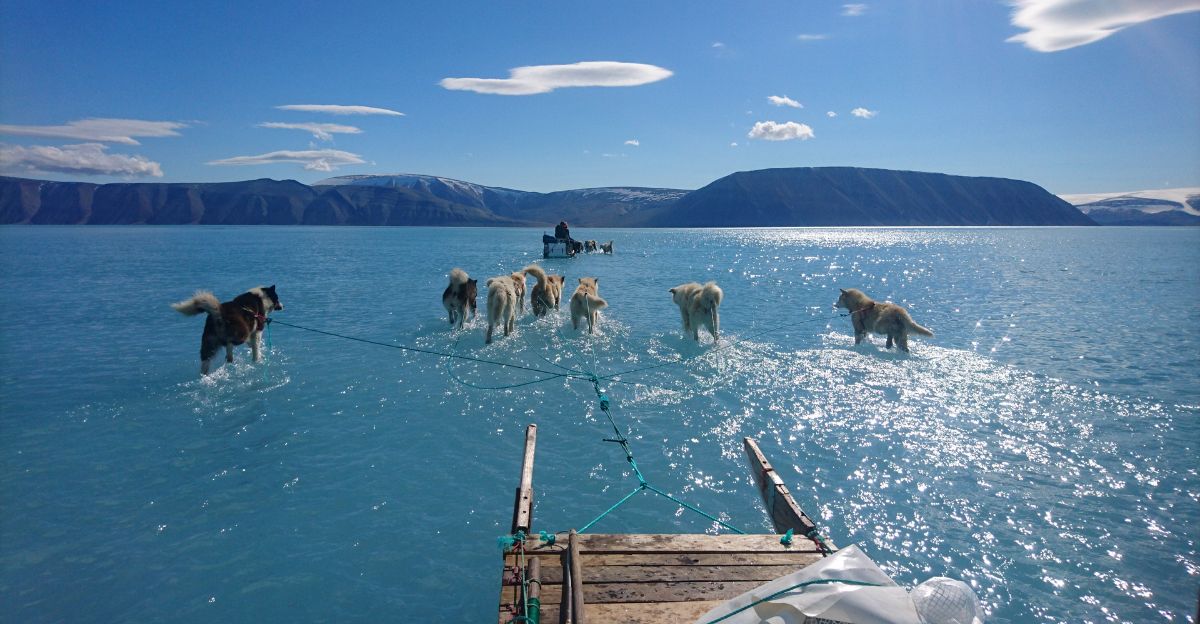
The discovery of the Greenland sled dog highlights the necessity of improving dog breed conservation tactics on a global scale. Preserving functional traits, genetic integrity, and cultural significance should be conservation’s top priorities rather than just pedigree and aesthetic standards.
By fostering biodiversity and fortifying the bonds between human cultures and their animals, this strategy can aid in the preservation of other native and historic breeds that are in danger of dilution or extinction.
Potential for the Economy and Tourism
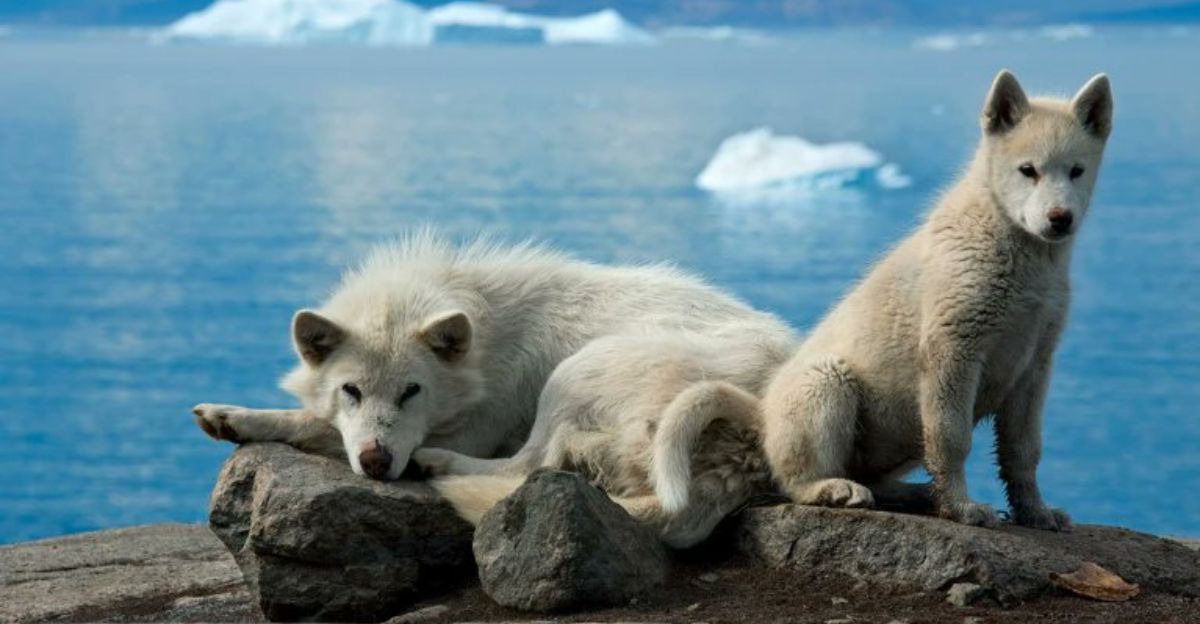
In Arctic regions, the historical and cultural significance of the Greenland sled dog can act as a distinctive catalyst for eco-cultural tourism. The breed’s narrative draws tourists who help raise awareness of and provide financial support for conservation initiatives and indigenous communities.
Scientific research, traditional dog breeding methods, and a global appreciation of Arctic heritage could all be facilitated by this niche tourism.
An Opposing Viewpoint on Breed Purity and Contemporary Methods
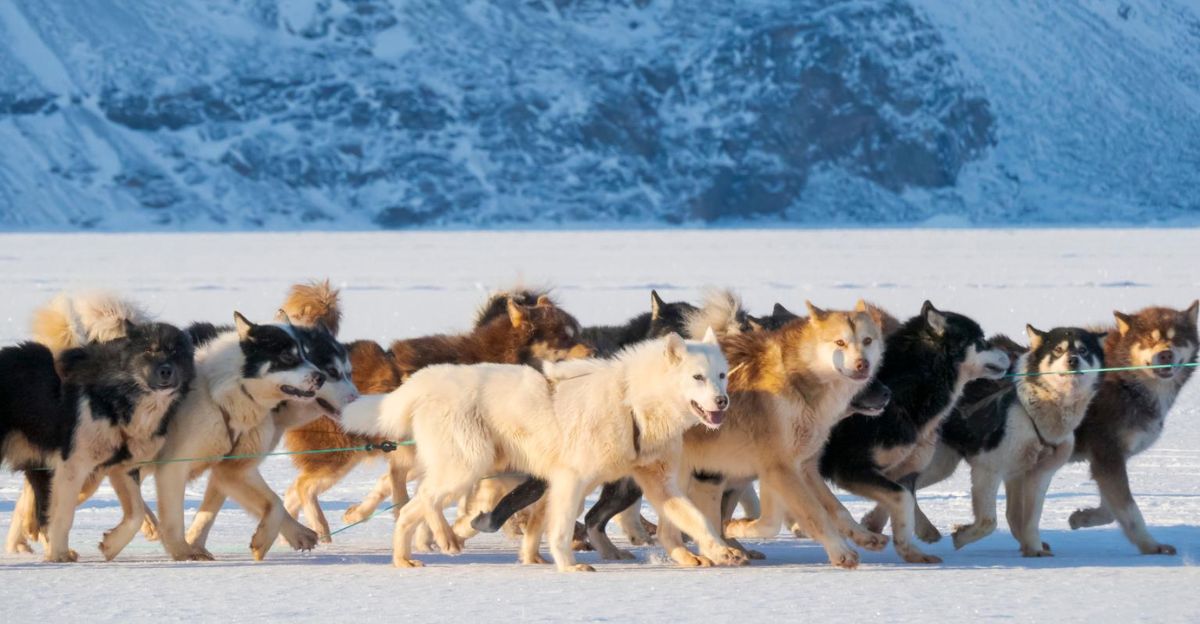
Some contend that genetic mixing is advantageous in boosting diversity and lowering health problems, despite the idealized nature of breed purity. Nonetheless, the long history of the Greenland sled dog shows that it is possible to achieve genetic stability without dilution, which is beneficial for preserving unique functional and cultural roles.
This casts doubt on the idea that mixing is always better and encourages a more nuanced approach to breed management that takes heritage and health into account.
Climate Change and Upcoming Adjustments
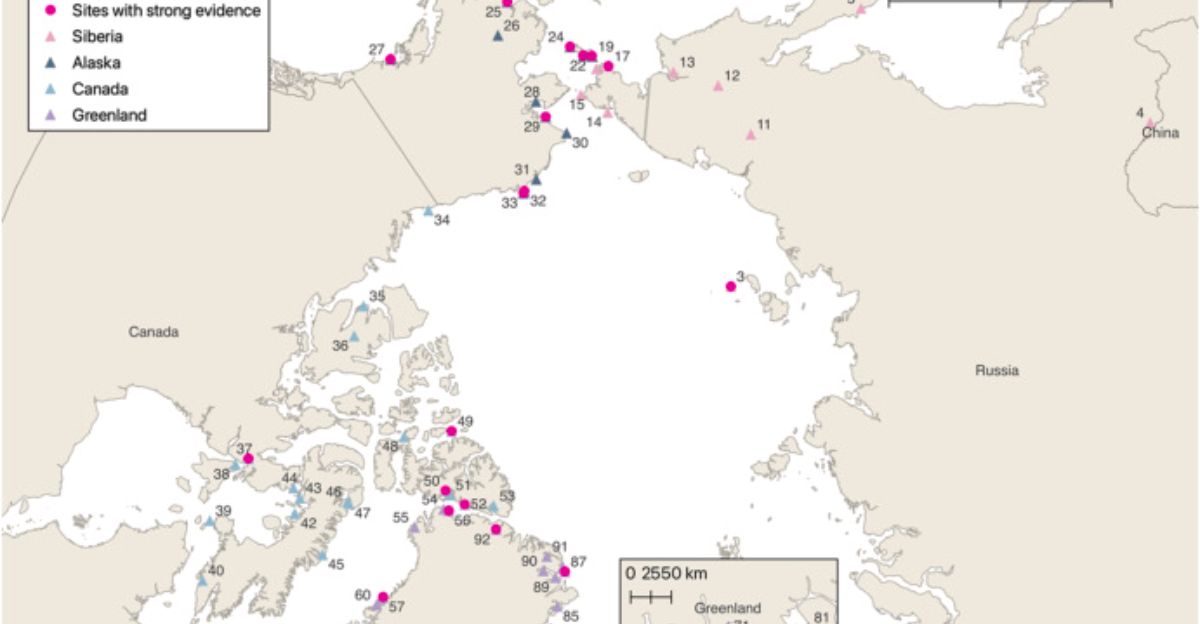
The Greenland sled dog is under pressure to adapt and face survival challenges as Arctic environments undergo rapid changes as a result of climate change.
Knowing its genetic characteristics can reveal hints about how an animal might change or struggle in novel environments. In order to develop strategies that promote both breed preservation and ecological resilience in a warming world, scientists and conservationists must take these factors into account.
A Structure for Researching Migration and Domestication
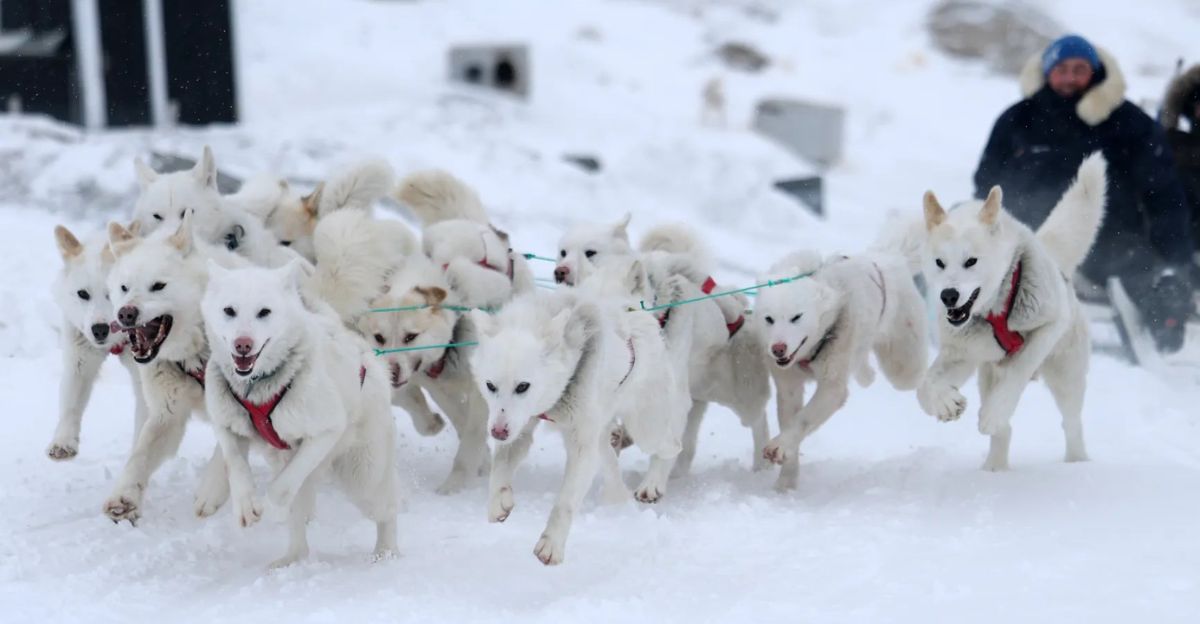
A framework for examining the interconnected processes of animal domestication and human migration is provided by the Greenland sled dog. In order to reconstruct migration routes, cultural exchanges, and environmental adaptations, researchers map genetic data alongside archaeological and linguistic evidence.
This interdisciplinary method enhances historical comprehension and highlights the effectiveness of genetics as an anthropological tool.
Unexpected Information on Ancestral Diets
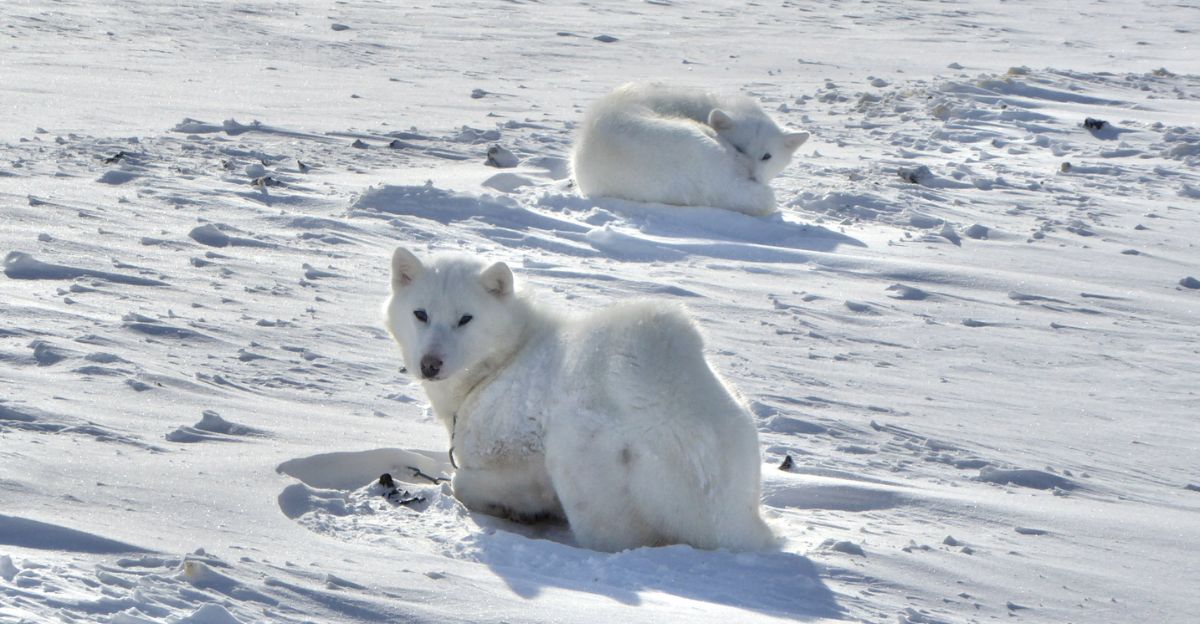
The breed’s genetic adaptation to a high-fat diet provides insight into Arctic people’s ancient eating habits in addition to evolutionary biology.
The theory that early humans in the North American Arctic lived primarily off of hunting marine mammals for thousands of years is supported by this genetic evidence. These links between the dietary evolution of humans and dogs provide fresh perspectives on co-evolutionary dynamics.
Dog Evolution and Inuit Migration
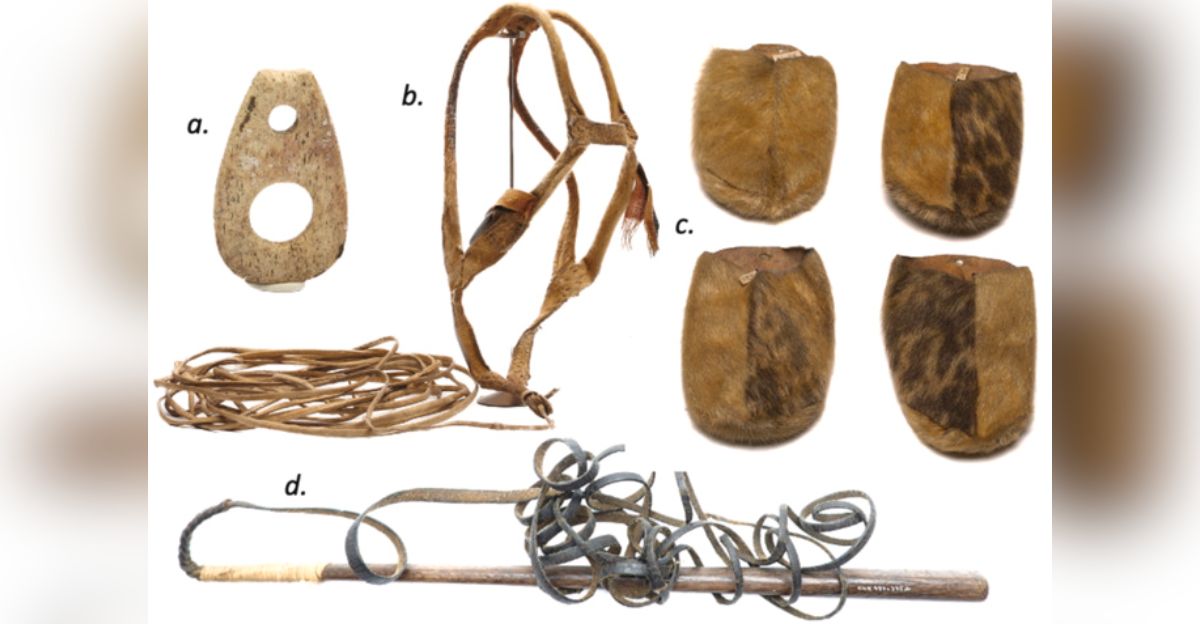
The swift Inuit movement across the Arctic, accompanied by canines such as the Greenland sled dog, serves as an example of how domesticated animals allowed humans to spread into hostile areas.
Two separate migration waves into Greenland are indicated by genomic evidence, signifying important cultural and demographic occurrences. This case study emphasizes how essential dogs were to human survival and exploration tactics.
The Cultural Heritage of the Greenland Sled Dog
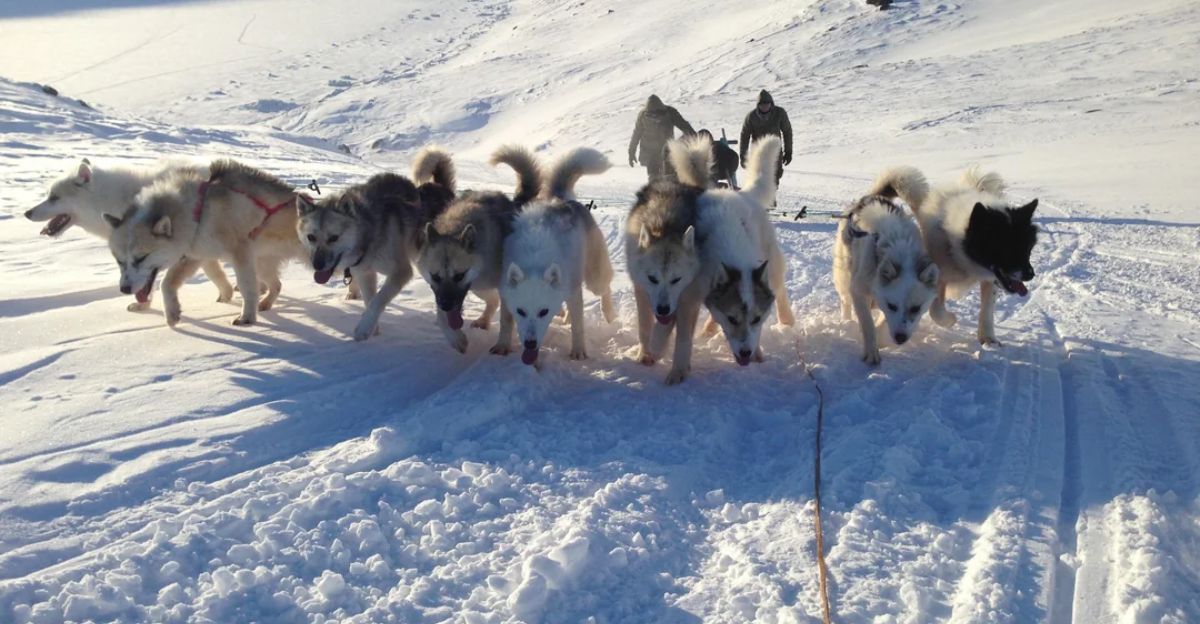
Beyond its biological significance, the Greenland sled dog is a symbol of Inuit knowledge, customs, and tenacity. Breed preservation supports indigenous sovereignty over land and customs and protects intangible cultural heritage.
This viewpoint promotes respect for indigenous stewardship and historical continuity, expanding conservation beyond the protection of species to include cultural survival.
A Dynamic Legacy Across Time
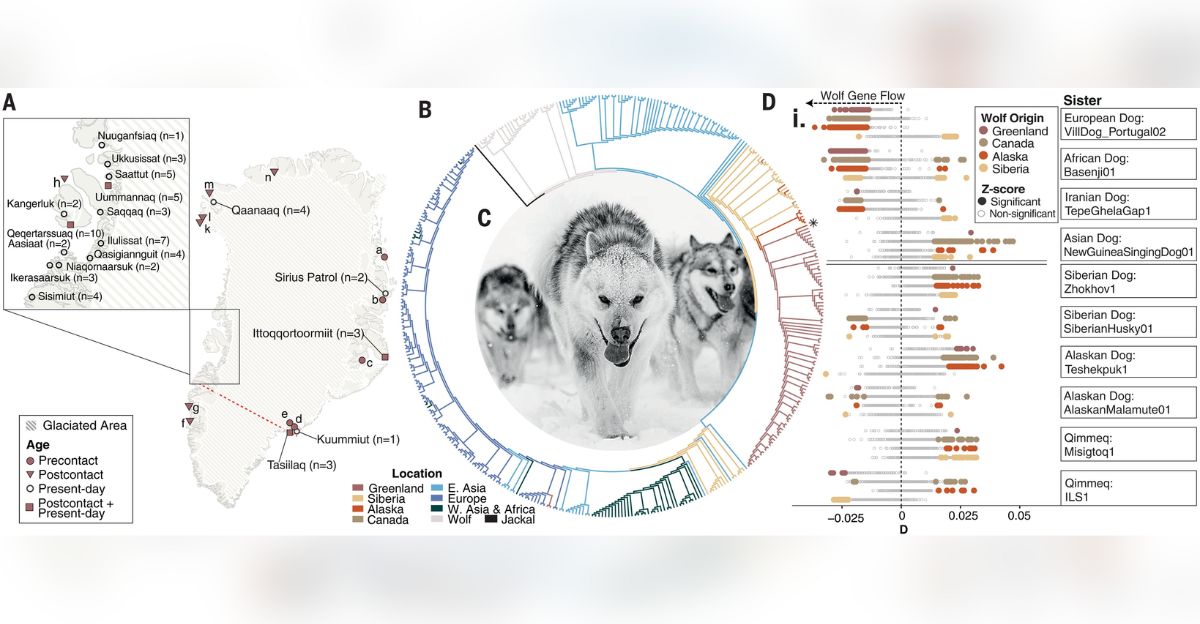
The Greenland sled dog is a living example of a 9,500-year-old domesticated breed lineage that has survived in the Arctic region of North America, demonstrating remarkable biological adaptations, cultural significance, and genetic stability.
This finding goes beyond simple curiosity and provides essential insights into survival, evolution, and coexistence. In addition to honoring human-animal relationships, proper recognition and preservation of this ancient breed enhance our knowledge of science, history, and culture in a world that is changing quickly.